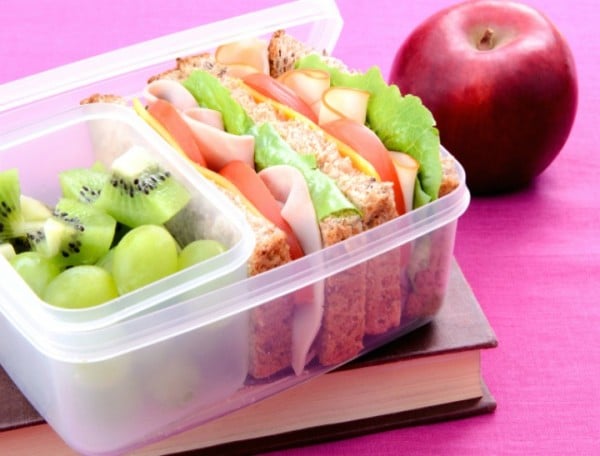
Each morning before my children wake I sneak down to the kitchen to pack their school lunches.
I’ve realised that its better to do it before they wake because having three extra bodies nearby to make requests makes things even more difficult than they are.

Packing school lunches is no easy task.
There’s the requirement that it be healthy so that’s the packets of 'Shapes' and 'Tiny Teddies' out the window, the requirement that it be ‘low waste’ meaning the yoghurt tubs have to squeezed out into the lunch box section directly so your kid doesn’t get targeted for producing too much garbage (yeah I know that’s cheating but come on…) and the lengthy list of foods that are either banned or “requested to be avoided.”



